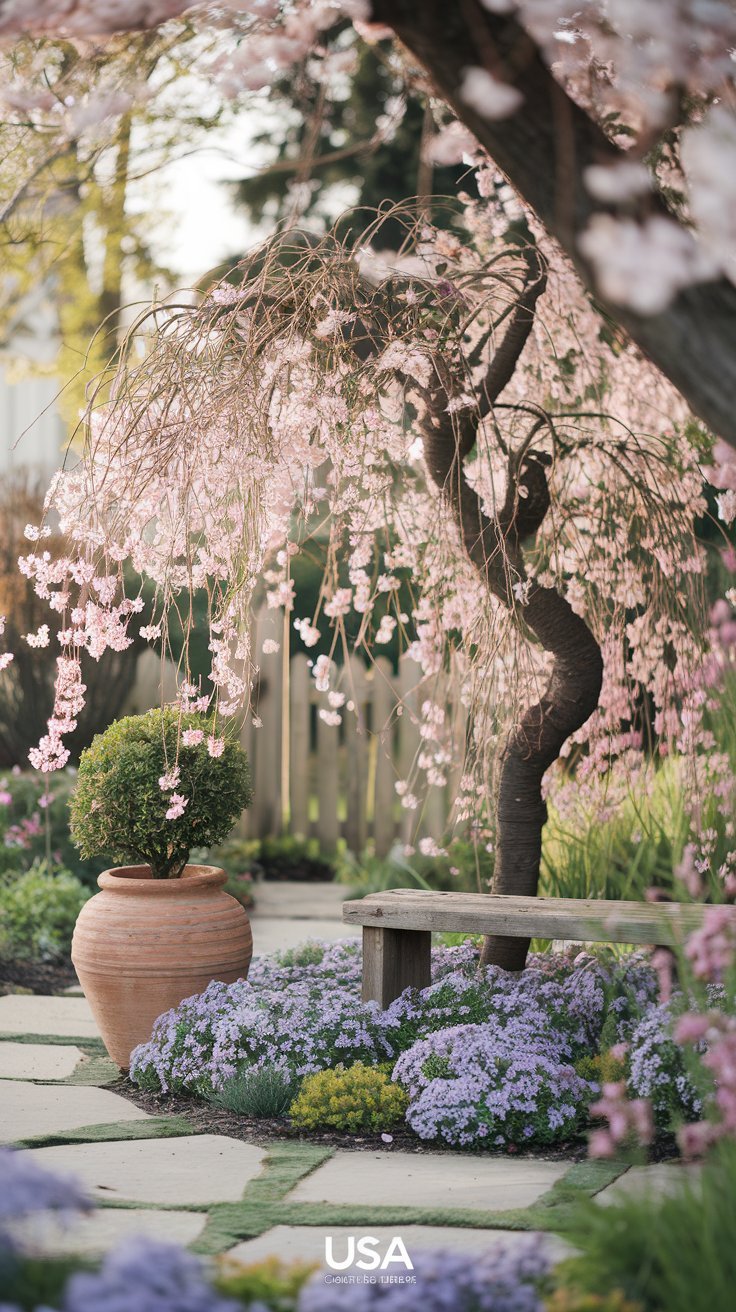Discover 10 stunning dwarf weeping trees perfect for compact spaces, including care tips, zone recommendations, and my personal gardening stories. Transform your yard today!
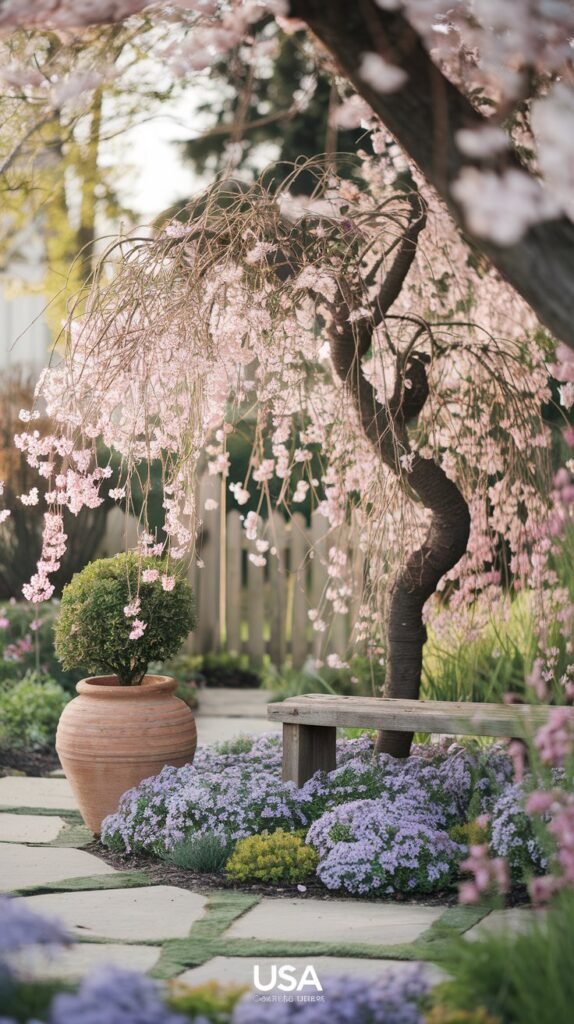
Hi, I’m Ashley Scott! With over a decade of gardening experience, I’ve fallen in love with the magic of dwarf weeping trees. Their graceful branches and compact size make them ideal for small yards, patios, or even container gardening. Today, I’m sharing my top 10 picks—plus care tips and personal anecdotes—to help you add drama and elegance to your space.
Why Dwarf Weeping Trees?
Dwarf weeping trees are like nature’s sculptures. They offer year-round interest: spring blossoms, summer shade, autumn foliage, and winter structure. Best of all, most stay under 15 feet tall, making them perfect for urban gardens or cozy landscapes. I’ve used them to frame entryways, create focal points, and even hide unsightly utility boxes!
1. Dwarf Weeping Cherry Tree
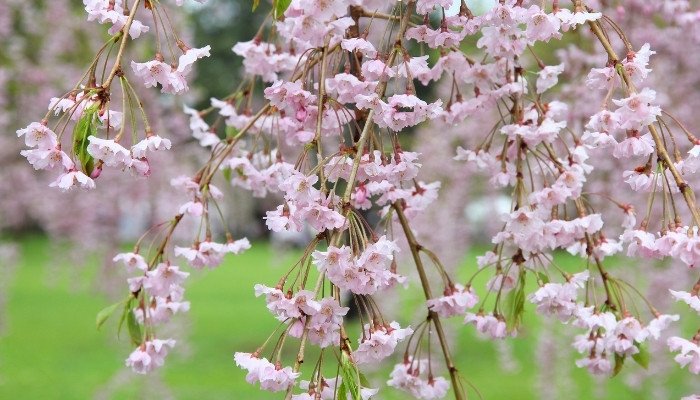
Prunus serrulata ‘Snow Fountain’
Why I Love It: The Snow Fountain variety is a showstopper with cascading white blooms that look like a floral waterfall each spring. I planted one near my patio, and it’s become a favorite backdrop for morning coffee.
Growing Tips:
- Zones: 5–8 .
- Sun: Full sun (6+ hours daily).
- Care: Water deeply 1–3 times weekly and prune dead branches in late winter .
Pro Tip: Pair with creeping phlox for a carpet of color beneath its branches .
2. Dwarf Weeping Willow Tree
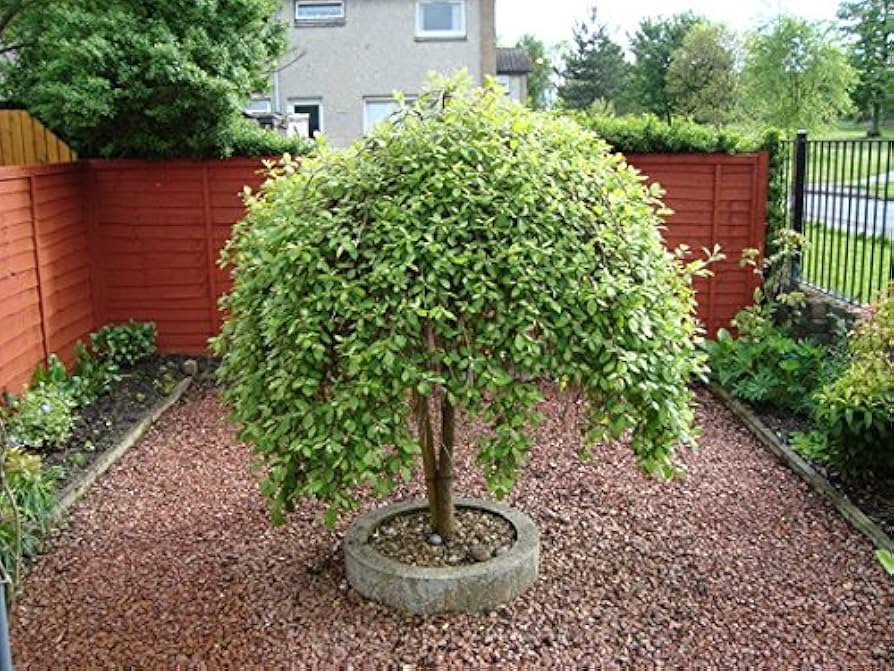
Salix babylonica
Why I Love It: This tree’s silvery stems and golden leaves add a whimsical touch. I placed mine near a small pond, and its reflection doubles the beauty!
Growing Tips:
- Zones: 4–9.
- Soil: Well-draining, moist soil.
- Water: Low to moderate needs once established.
Fun Fact: Its flexible branches sway beautifully in the wind—nature’s own wind chime!
3. Weeping Blue Atlas Cedar
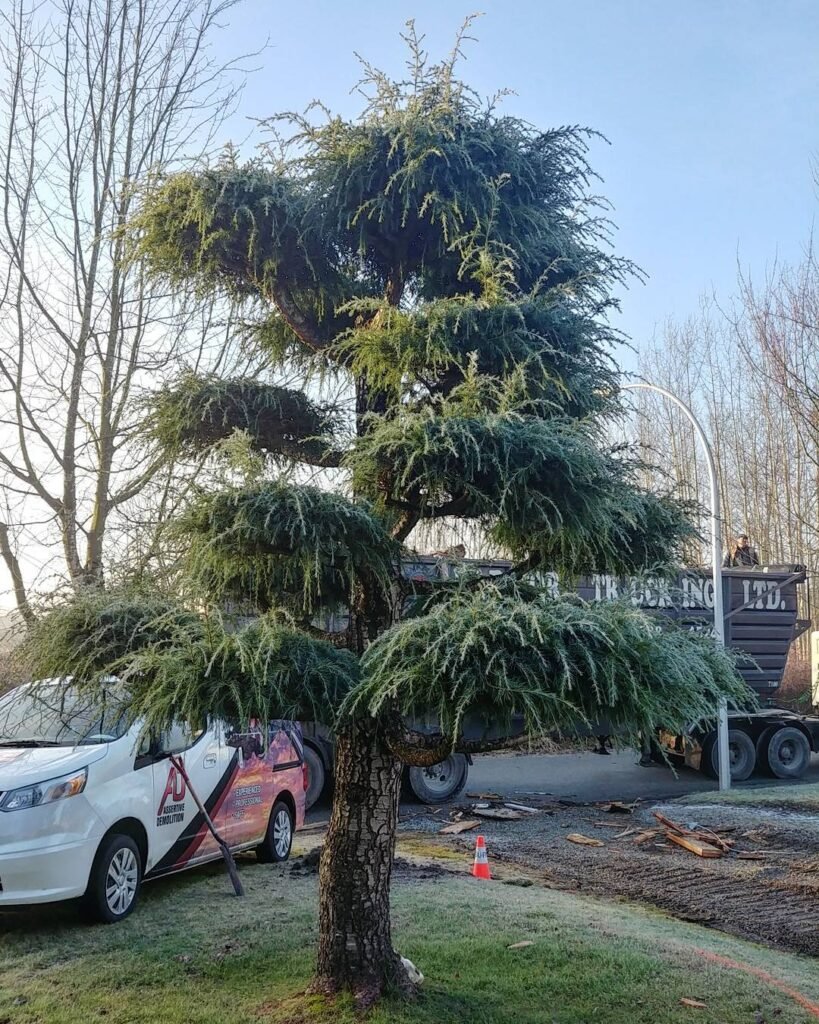
Cedrus atlantica ‘Glauca Pendula’
Why I Love It: The silvery-blue needles and dramatic draping branches make this evergreen a year-round stunner. Mine anchors my rock garden with its sculptural form.
Growing Tips:
- Zones: 6–9 .
- Sun: Full sun to partial shade.
- Pruning: Trim in summer to maintain shape .
4. Hiromi Dwarf Weeping Cherry
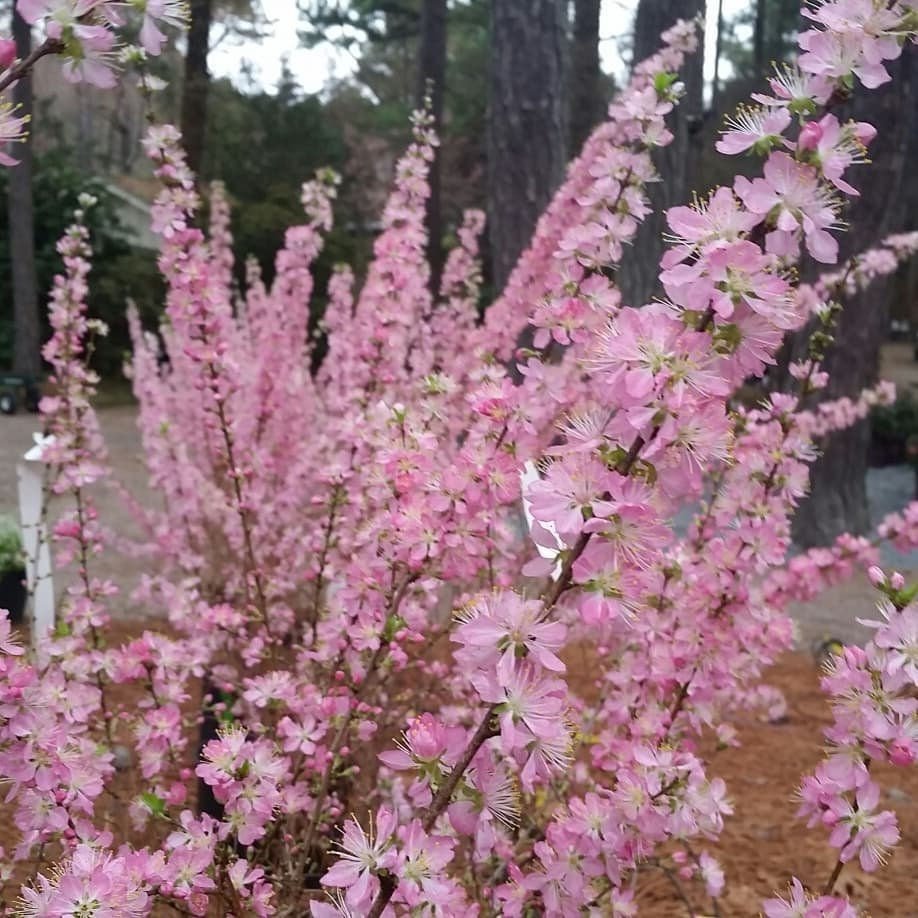
Prunus jacquemontii ‘Hiromi’
Why I Love It: At just 3–6 feet tall, this pint-sized cherry is perfect for containers. I grow one in a terracotta pot on my balcony!
Growing Tips:
- Zones: 4–8 .
- Bloom: Delicate pink flowers in early spring.
- Maintenance: Minimal pruning needed .
5. Weeping Norway Spruce
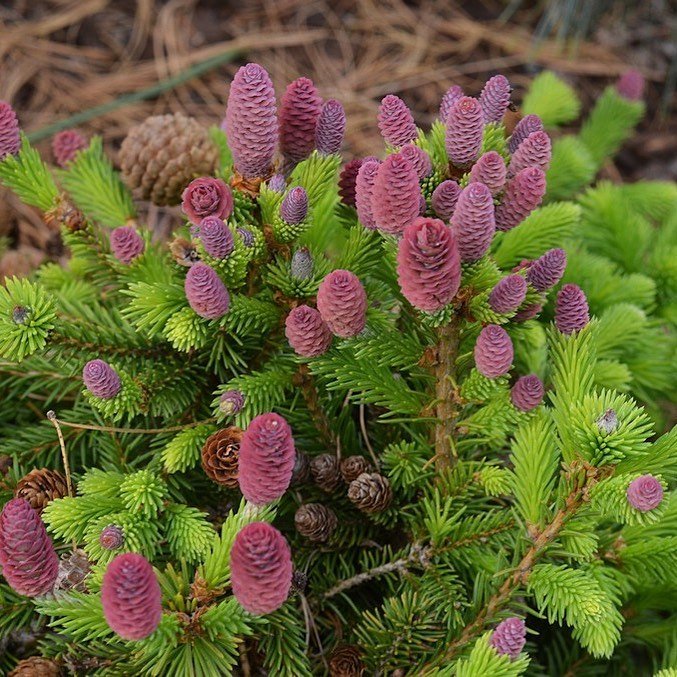
Picea abies ‘Pendula’
Why I Love It: This conifer’s needle-covered branches create a living curtain. I use it to screen my compost bin!
Growing Tips:
- Zones: 3–7 .
- Soil: Moist, well-drained.
- Tolerates: Shade, drought, and pollution .
6. Dwarf Weeping Mulberry
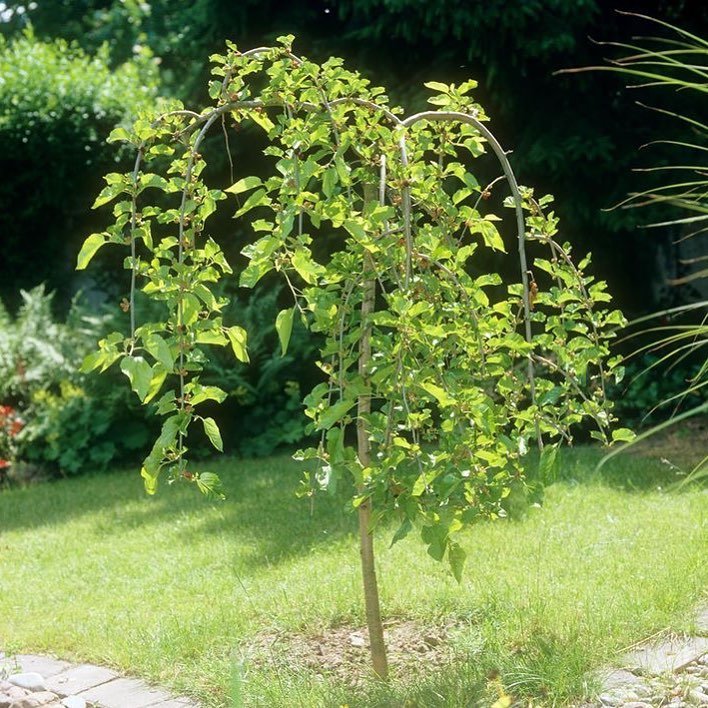
Morus alba ‘Pendula’
Why I Love It: It’s both ornamental and edible! The sweet berries attract birds, and its umbrella-like canopy shades my herb garden.
Growing Tips:
- Zones: 4–8 .
- Sun: Full sun.
- Pruning: Remove suckers to maintain shape .
7. Weeping White Pine
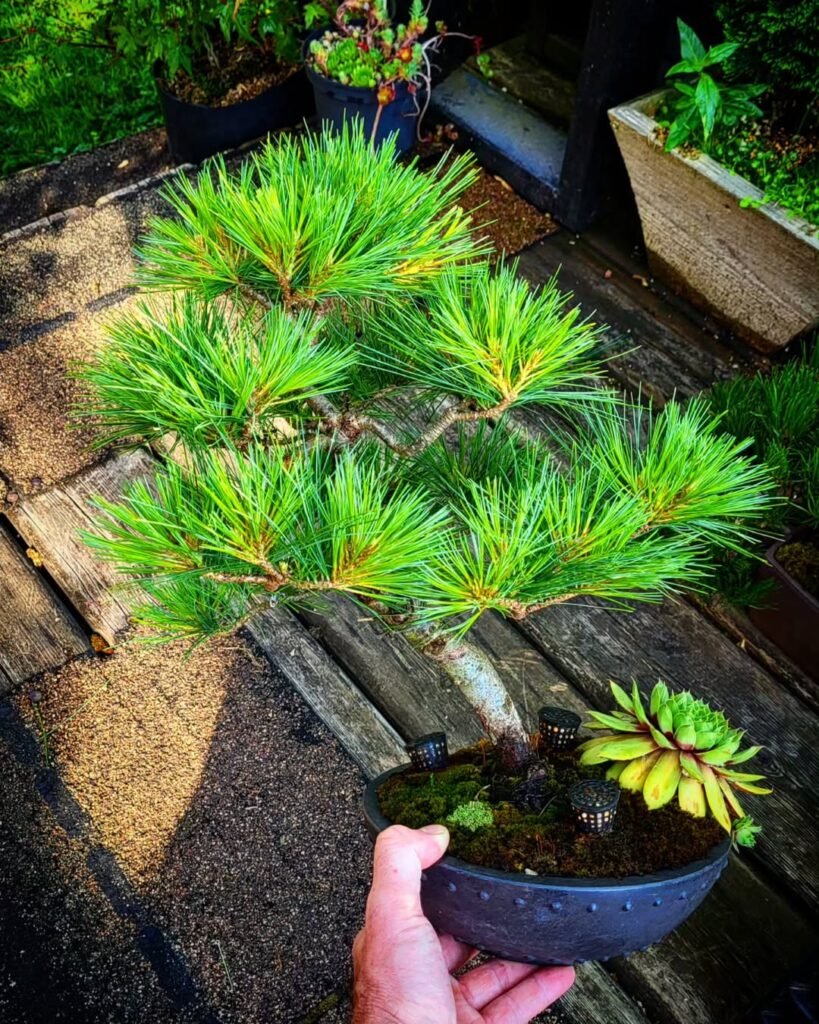
Pinus strobus ‘Pendula’
Why I Love It: The fluffy, fabric-like needles soften hardscapes. Mine frames my garden gate beautifully.
Growing Tips:
- Zones: 2–8 .
- Water: Moderate; avoid soggy soil.
- Growth Rate: Medium .
8. Weeping Hemlock
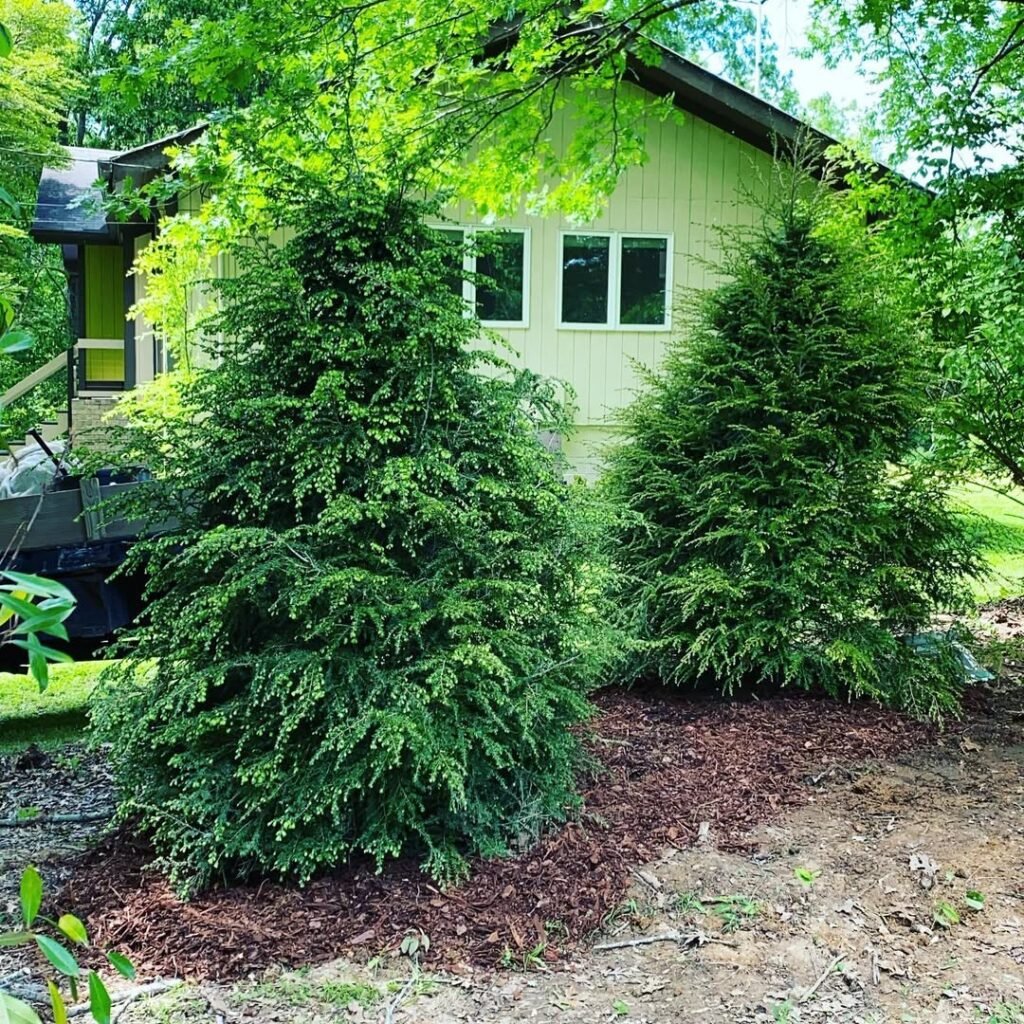
Tsuga canadensis ‘Pendula’
Why I Love It: This evergreen’s layered branches create a dense, hedge-like effect. I planted two to flank my garden bench.
Growing Tips:
- Zones: 2–7 .
- Soil: Adaptable but prefers moist, acidic soil.
- Deer-Resistant: Yes! .
9. Weeping Crabapple
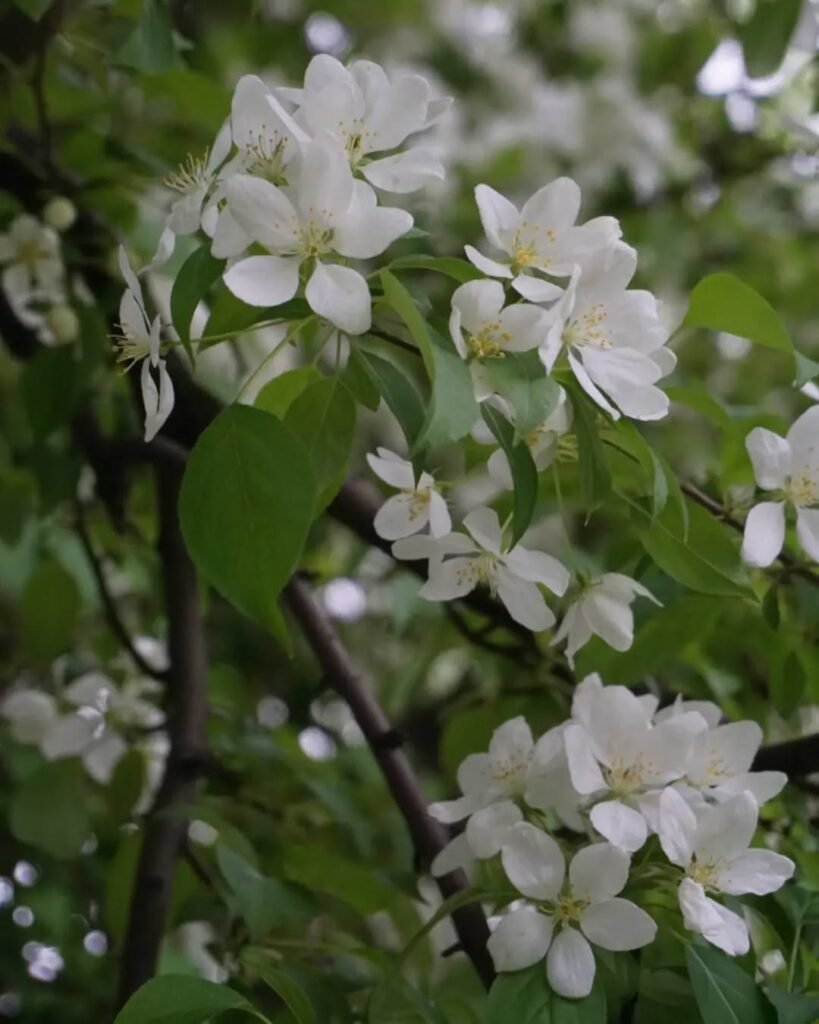
Malus domestica
Why I Love It: Spring blossoms transition to tiny, bird-friendly fruits. Mine is a magnet for robins and cedar waxwings.
Growing Tips:
- Zones: 4–8 .
- Disease Resistance: Choose cultivars like ‘Royal Raindrops’ .
10. Weeping Beech
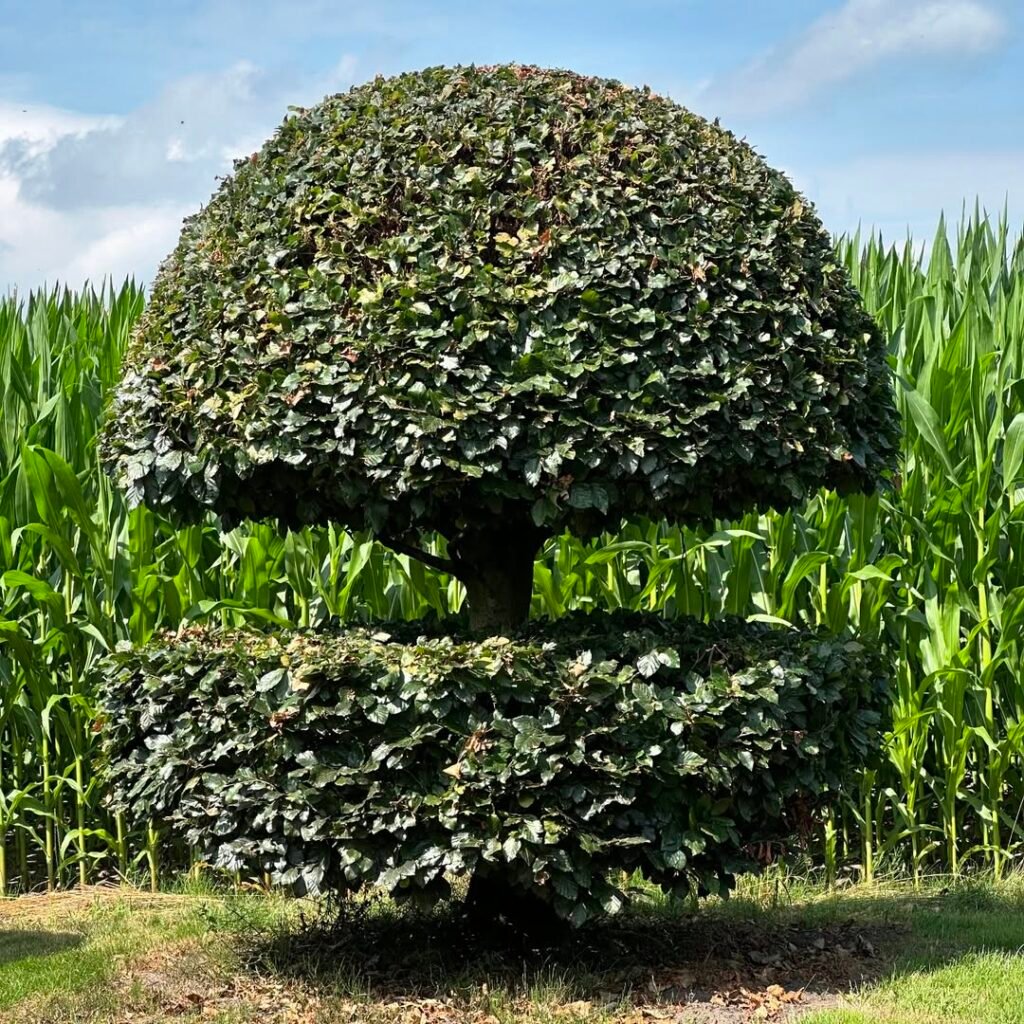
Fagus sylvatica ‘Purple Fountain’
Why I Love It: The deep purple foliage is a showstopper. I paired mine with yellow hostas for a striking contrast.
Growing Tips:
- Zones: 4–7 .
- Soil: Tolerates acidic to alkaline soils.
- Size: 5–8 feet tall .
How to Care for Dwarf Weeping Trees
- Planting: Dig a hole 3x the rootball’s width. Add compost for nutrients .
- Watering: Young trees need consistent moisture. Mulch to retain water .
- Pruning: Trim upward-growing branches to maintain the weeping shape .
- Pests: Use neem oil for aphids or Japanese beetles .
My Favorite Companion Plants
- Creeping Thyme: Perfect under dwarf cherries for a fragrant ground cover.
- Hosta: Pairs well with weeping hemlocks in shady spots.
- Ornamental Grasses: Contrasts beautifully with weeping spruces.
Final Thoughts
Dwarf weeping trees are like living art—each with its own personality. Whether you’re drawn to the Snow Fountain cherry’s elegance or the Hiromi’s compact charm, there’s a variety for every garden. For more tips, check out my guides on small garden design and flowering tree care.
Got questions? Drop a comment below—I’d love to help you pick the perfect tree!
About the Author: Ashley Scott is a passionate gardener and founder of USA Garden Hub. Follow her on Facebook @USAGardenHub for daily gardening inspiration!

